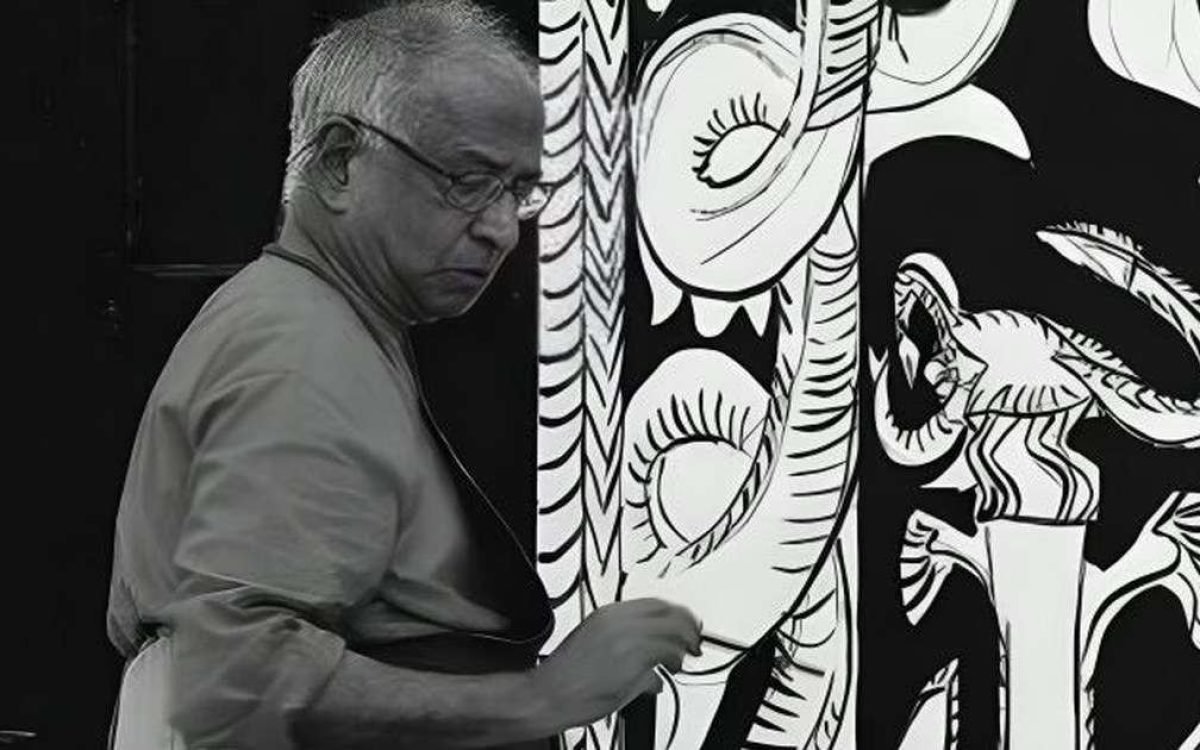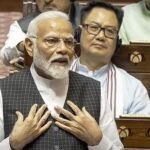“Tradition, Training, and Transition: Navigating the Evolution of Artistic Expression”
In the realm of artistic creation, tradition plays a pivotal role in shaping the trajectory of an individual’s creative journey. Rooted in heritage and steeped in cultural significance, tradition serves as a guiding force, imparting essential skills and sensibilities to aspiring artists. Yet, as the landscape of artistic expression evolves, so too must the methods of training and tutelage.
Traditionally, artists underwent rigorous training that emphasized a deep understanding of their cultural heritage. In societies where tradition held sway, artists honed their craft through meticulous practice and emulation of revered masters. Take, for example, the traditional art ateliers in Japan, where students painstakingly copied scroll paintings by esteemed artists like Toba Sojo. This methodical approach instilled in them not only technical proficiency but also a profound appreciation for form, space, and rhythm.
However, as the world witnessed the dawn of the Italian Renaissance, a new paradigm emerged—one that celebrated eclecticism and individuality. Artists were encouraged to draw inspiration from a diverse array of sources, blending the drawing techniques of the Romans, the movement of the Venetians, and the coloring of the Lombardians. This spirit of eclecticism permeated through various artistic disciplines, challenging artists to transcend the confines of tradition and forge their own unique identities.
In the context of modern Indian art, the emergence of non-traditional artists marked a significant departure from established norms. Liberated from social predispositions and thrust into a world of self-discovery, these artists grappled with questions of identity and belonging. As they sought to carve out their individual paths, they confronted the complexities of their environment and the essence of their creative expression.
The transition from tradition to modernity has not been without its challenges. While traditional training instilled artists with a strong foundation, it also risked stifling innovation and creativity. Conversely, the advent of non-traditional artists brought about a newfound sense of freedom and exploration, yet often left them grappling with questions of authenticity and purpose.
In navigating this evolution of artistic expression, one thing remains clear: the importance of striking a balance between tradition and innovation. As artists draw inspiration from the past while charting new territories of creativity, they embody the ever-changing tapestry of human experience and aspiration. In embracing tradition, training, and transition, they forge a path forward that honors the legacy of the past while embracing the possibilities of the future.









